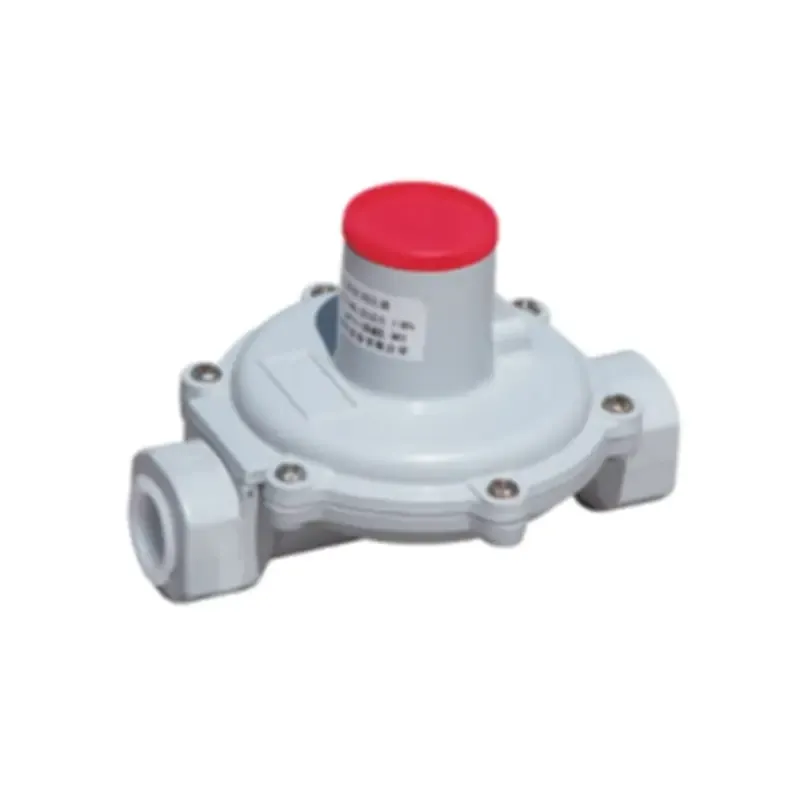
Dec . 14, 2024 16:57
Back to list
pressure reducing valve
Understanding Pressure Reducing Valves A Comprehensive Overview
Pressure reducing valves (PRVs) play a critical role in various industrial applications and residential systems. Their primary function is to maintain a consistent outlet pressure regardless of fluctuations in the inlet pressure. This not only ensures the efficient operation of the system but also protects downstream equipment from potential damage caused by excessive pressure. In this article, we will discuss the working principles of PRVs, their applications, and the importance of proper selection and maintenance.
Working Principle of Pressure Reducing Valves
A pressure reducing valve operates by automatically adjusting the flow of fluid in response to changes in pressure. The basic design typically includes a diaphragm or piston that reacts to the downstream pressure. As the downstream pressure decreases, the diaphragm or piston moves to open the valve further, allowing more fluid to flow and restoring the pressure to the desired set point. Conversely, if the downstream pressure rises above the set point, the diaphragm or piston closes the valve to reduce flow, thus lowering the pressure.
Most PRVs are equipped with a spring mechanism that sets the desired outlet pressure. By adjusting the spring tension, operators can easily alter the set pressure according to the system’s requirements. This built-in flexibility makes PRVs suitable for various applications, from water distribution systems to steam piping in power plants.
Applications of Pressure Reducing Valves
PRVs are widely used across multiple industries, including water treatment, oil and gas, HVAC systems, and more. In municipal water supply systems, they ensure that water pressure remains at a safe and manageable level for households and businesses, preventing pipe bursts and leakages. In the oil and gas industry, PRVs are essential for regulating the pressure of natural gas and crude oil pipelines, ensuring safe transportation.
pressure reducing valve

In HVAC systems, maintaining optimal pressure is crucial for the efficiency of heating and cooling processes. PRVs help in managing the pressure of steam systems, where fluctuations can lead to equipment failure or inefficiency. Additionally, in laboratories and research facilities, PRVs are employed to maintain precise pressure levels within experimental setups.
Importance of Selection and Maintenance
Choosing the right PRV for a specific application is vital for the system's overall efficiency and safety. Factors such as the type of fluid, flow rate, temperature, pressure range, and specific application needs must be thoroughly evaluated before making a selection.
Moreover, regular maintenance of PRVs is essential to ensure they operate effectively over time. Accumulation of dirt and debris can lead to malfunction, which in turn could harm downstream equipment or compromise safety. Regular inspections should include checking for leaks, ensuring there is no blockage, and verifying that pressure settings are maintained.
Conclusion
In conclusion, pressure reducing valves are indispensable components in a wide array of applications. They serve not only to control pressure levels but also to enhance system safety and operational efficiency. By understanding their working principles, applications, and maintenance needs, engineers and operators can ensure that these valves function optimally, thus protecting both the systems in which they operate and the personnel who manage them.
In an era where energy efficiency and system reliability are paramount, investing in high-quality PRVs and committing to their proper maintenance can yield significant long-term benefits. As technology advances, the continual refinement of PRV design and function will likely lead to even more efficient and reliable systems, contributing to safer operational environments and reduced incidents across industries.
Next:
Latest news
-
Safety Valve Spring-Loaded Design Overpressure ProtectionNewsJul.25,2025
-
Precision Voltage Regulator AC5 Accuracy Grade PerformanceNewsJul.25,2025
-
Natural Gas Pressure Regulating Skid Industrial Pipeline ApplicationsNewsJul.25,2025
-
Natural Gas Filter Stainless Steel Mesh Element DesignNewsJul.25,2025
-
Gas Pressure Regulator Valve Direct-Acting Spring-Loaded DesignNewsJul.25,2025
-
Decompression Equipment Multi-Stage Heat Exchange System DesignNewsJul.25,2025

